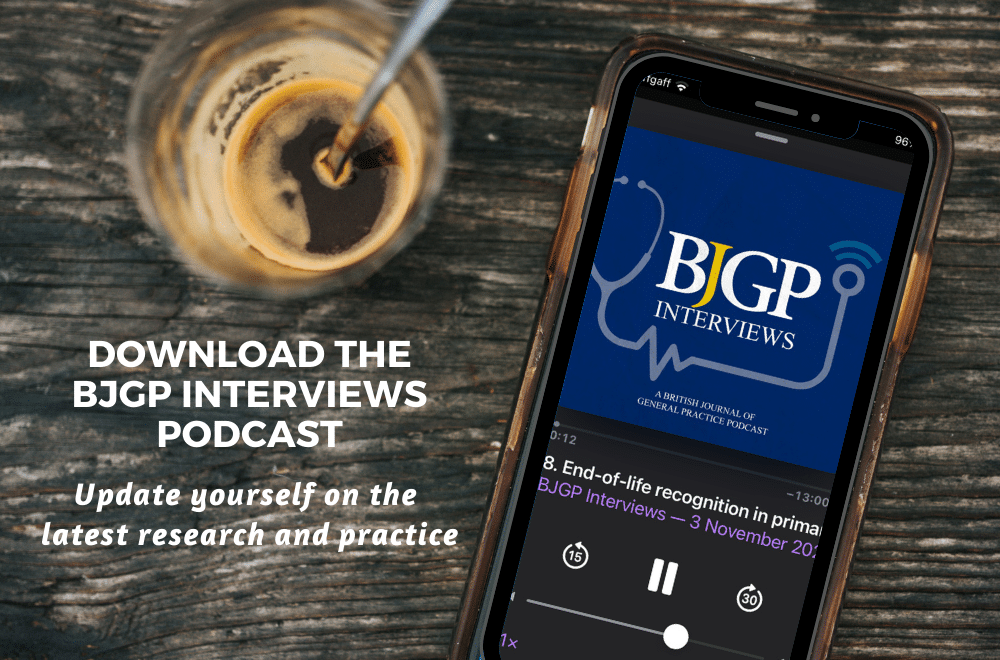 Judith Dawson is a GP in Kettering and national clinical lead for Leonard Cheshire, a social care organisation.
Judith Dawson is a GP in Kettering and national clinical lead for Leonard Cheshire, a social care organisation.
Health coaching has been explored as an addition to the repertoire of consultation skills. The fundamental tenet of coaching, that individuals are resourceful and able to make appropriate decisions if their thinking is enhanced through discussion with a coach, may be applied to many medical consultations.
Traditional models have focused on the process and sequence of the consultation but have paid relatively little attention to the concepts of medical presence and the need to clearly elicit the patient’s goals. Learning about coaching methodology is of benefit not only in the consultation process but also in understanding oneself.1
Presence
Coaching studies emphasise the importance of presence, and medical presence has been described as ‘a moral act…calling forward or stepping toward the other’.2 Presence is not only physical but cerebral, involving an uninterrupted focus on the client that is difficult to attain in many medical environments. Small steps towards presence will improve the experience for both clinician and patient.
Learning about coaching methodology is of benefit not only in the consultation process but also in understanding oneself.
Owning the space in which we work is important, whether that means ensuring that there are no unscheduled interruptions, or that the video-cam is functioning. Controlling body language and distractions from the electronic health record will allow the patient to be more aware of the attention of the doctor, and helping clinicians to understand their own reactivity may allow better control of the consultation.
Few patients will benefit from encounters that start with complaints from the clinician about a chaotic clinic or comments such as ‘I don’t know why your GP has referred you back here again. We know that all your tests are normal’.
Kahneman3 has written about the two main ways of thinking as system one: fast, fallible, and under pressure, and system two; a slower, less automatic, and more effortful way of thinking. Many patients and some clinicians will arrive in clinics in a state of anxiety and will default to system one thinking unless techniques that reduce this are applied.
Goal definition
Helping patients to define their goals should be a key part of every consultation. If a clinician is not clear what a patient hopes to gain, there is a high risk of discordance in terms of the outcome.
Prospect theory4 starts with the concept of loss aversion, from the observation that people react differently to potential losses and gains. So, patients make decisions based on the potential gain or losses relative to their perception of their own specific situation (the reference point) rather than in absolute terms, or indeed in the terms of the treating clinician. Each episode of health care is predicated on the patient’s understanding of their own health, and if they are not empowered to discuss this in a non-threatening environment, it is unlikely that an acceptable solution will be reached.
The discussion to try and obtain a shared understanding is value laden on both sides. Reception theory5 uses the concept of encoding and decoding as part of the communication process and reminds us that cultural background will heavily influence understanding of the written and spoken word.
Key questions such as ‘What would you like to have happen?’ may elicit very different responses to the patient’s ‘presenting complaint’.
Most clinicians will have limited knowledge of their patients’ social and occupational background, cultural, or religious beliefs and find it difficult to assess accurately the impact that these factors may have on the patient’s view of their disease process and potential treatment options.
There is a danger that the doctor will fill in the gaps with incorrect assumptions formed by their own experience, subject to a range of biases, conscious and unconscious. Difficulties are compounded by the complexity of modern medical interventions, the concepts of absolute and relative risk and consultation time pressures for the clinician, and for the patient by the emotional impact of illness, embarrassment, and fear.
Using some coaching concepts can significantly reduce the time that this takes. Whitmore6 describes the GROW model (Goals, Realities, Options, Will) and Jones et al7 have described its use in the medical consultation.
Key questions such as ‘What would you like to have happen?’ may elicit very different responses to the patient’s ‘presenting complaint’. Recent examples in my practice have included two individuals asking initially for pain relief, but when asked about their goals, one wanted to feel less tired and the other wanted to be able to go swimming. It is unlikely that gabapentin would have helped with either. Techniques to clarify and work towards clear and achievable goals are a core part of coaching competency.
Self-awareness
Historically medical training has placed remarkably little emphasis on self-awareness. In contrast, coaching literature recognises how the world view of the coach will influence the response to the client and advocates the use of techniques to increase focus for the coach prior to each session while encouraging reflection to reduce reactivity.
The view of both parties as co-equals can paradoxically relieve some of the stress felt by physicians to solve the problem for the patient. Rethinking the medical role as ‘equal to equal’ rather than ‘parent to child’ avoids the frequent tendency of clinicians to strive to be ‘helpers and rescuers’, which may then result in patient dependency or clinician frustration.
Brown-Johnson et al8 cite the ‘emotional labour’ of empathy in clinical care and the need to allow regulation of emotional experience through suitable strategies, for example, effective co-coaching or the use of body practices such as mindfulness and exercise. They recommend a focus on physician self-care, which is even more necessary given the demands of the COVID-19 pandemic.
Practical application
Maini and Rogers’ work on coaching in health care9 provides an excellent primer for applicable techniques and looks at the common emotional traps that clinicians fall into when faced with a ‘difficult patient’.
If you experience a patient as stubborn or in denial … it is likely that there is some aspect of the patient experience that you have not understood.
These are often individuals whose needs have not been met, whose goals in seeking medical help have not been identified, or who have fallen foul of issues related to the practitioner and their needs (for example, stress, tiredness, and time pressure).
If you experience a patient as stubborn or in denial, the authors argue, it is likely that there is some aspect of the patient experience that you have not understood. Further useful concepts in this work include the use of positive and empowering language in the consultation and the use of coaching techniques in the management of mental health.
Challenge and the growth mindset
Coaching is undertaken along a continuum from a totally non-directive approach, where reflective techniques predominate through to a more directive style (for example, in skills and performance coaching).
Managing challenge in the medical consultation requires a careful approach and the work of Blakey and Day10 is helpful here. It allows the construct of a high support/high challenge model that can be of use when experiencing repetitive consultations with apparently insoluble issues. It also acknowledges the influences of the system (resource availability and ethics) on the coaching process.
Finally, the concept of the growth mindset can be of particular use for clinicians in the process of reflecting on and learning from complaints and improving patient safety.11
Changing the way in which we view our part in the medical dialogue allows an increased patient ownership of the process and investment in defined health goals. Clinicians can learn about themselves and develop new skills for personal interactions from the coaching model, potentially improving outcomes for both patient choice and healthcare utilisation.
References
1. Launer J. Coaching and health. Postgrad Med J 2016; 92(1090): 492.
2. Kleinman A. Presence. Lancet 2017; 389(10088): 2466–2467.
3. Kahneman D. Thinking Fast and Slow. New York, NY: Farrar, Straus and Giroux, 2011.
4. Kahneman D, Tversky A. Prospect theory: an analysis of decision under risk. Econometrica 1979; 47(2): 263–292.
5. Hall S. Encoding and Decoding in the Television Discourse. Birmingham: University of Birmingham, 1973.
6. Whitmore J. Coaching for Performance: GROWing People, Performance and Purpose. London: Nicholas Brealey Publishing, 2002.
7. Jones P, McDowell A, Viney R. Coaching for health: holding the curtains so patients can change. Br J Gen Pract 2013; DOI: https://doi.org/10.3399/bjgp13X668294.
8. Brown-Johnson C, Schwartz R, Maitra A, et al. What is clinician presence? A qualitative interview study comparing physician and non-physician insights about practices of human connection. BMJ Open 2019; 9(11): e030831.
9. Rogers J, Maini A. Coaching for Health: Why it Works and How to Do it. Maidenhead: Open University Press, 2016.
10. Blakey J, Day I. Challenging Coaching: Going Beyond Traditional Coaching to Face the FACTS. London: Nicholas Brealey Publishing, 2012.
11. Leistikow I. We can improve patient safety by adopting a growth mindset. 2019. https://blogs.bmj.com/bmj/2019/02/28/ian-leistikow-patient-safety-and-the-fixed-or-growth-mindset (accessed 2 March 2021).
Featured photo by Ravi Roshan on Unsplash




